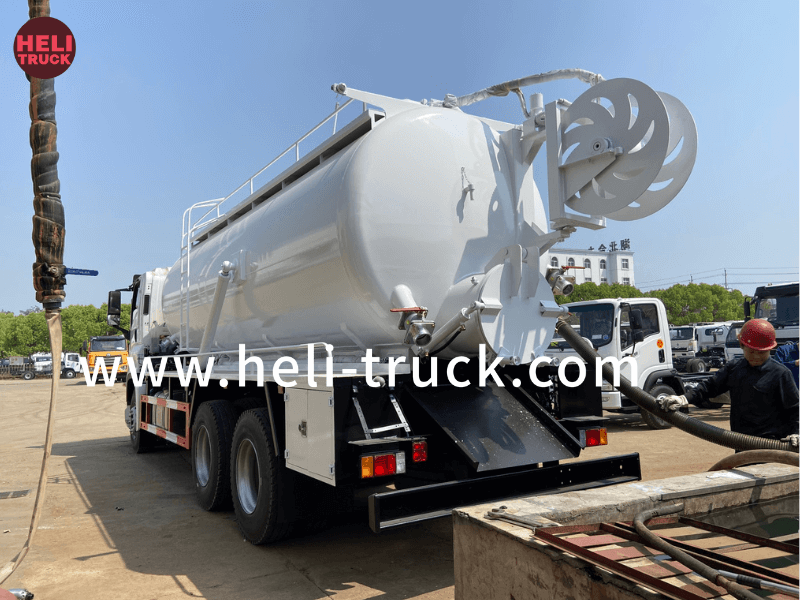Introduction:
Garbage compactor trucks play a crucial role in waste management systems around the world. These specialized vehicles are equipped with powerful engines that enable them to collect, compress, and transport large volumes of waste efficiently. In this comprehensive guide, we will delve into the inner workings of garbage compactor truck engines, exploring their design, functionality, maintenance, and environmental impact.
1. Evolution of Garbage Compactor Truck Engines
Garbage compactor truck engines have evolved significantly over the years to meet the growing demands of waste management operations. Early models of garbage trucks were often powered by simple diesel engines with limited horsepower. As the need for more efficient waste collection grew, manufacturers began developing specialized engines that could provide the necessary power and performance for compacting and transporting waste.
2. Design and Components of Garbage Compactor Truck Engines
Modern garbage compactor truck engines are typically diesel-powered to provide the torque and durability required for heavy-duty waste collection tasks. These engines are designed to withstand the rigors of frequent start-stop cycles and prolonged operation under varying load conditions. Key components of a garbage compactor truck engine include the cylinder block, pistons, crankshaft, fuel injection system, turbocharger, and exhaust system.

3. Functionality of Garbage Compactor Truck Engines
The primary function of a garbage compactor truck engine is to provide the power needed to operate the hydraulically powered compactor mechanism. When the truck arrives at a waste collection site, the compactor blade is activated to push the collected waste into the body of the truck. The engine's power is crucial for driving the hydraulic pump that controls the compactor system, as well as for propelling the vehicle to the next collection point.
4. Maintenance and Care of Garbage Compactor Truck Engines
Proper maintenance is essential to ensure the reliability and longevity of garbage compactor truck engines. Regular servicing, including oil changes, filter replacements, and inspections, can help prevent breakdowns and costly repairs. Additionally, operators should follow recommended maintenance schedules provided by the engine manufacturer to optimize performance and fuel efficiency.
5. Environmental Impact of Garbage Compactor Truck Engines
Garbage compactor trucks play a vital role in keeping communities clean and sanitary by collecting and disposing of waste efficiently. However, the engines powering these vehicles can have a significant environmental impact due to emissions of pollutants such as nitrogen oxides and particulate matter. water tank truck are increasingly focusing on developing cleaner-burning engines and alternative fuels to reduce the environmental footprint of garbage compactor trucks.
6. Future Trends in Garbage Compactor Truck Engine Technology
As technology continues to advance, the future of garbage compactor truck engines looks promising. Innovations such as electric and hybrid powertrains are being explored as alternatives to traditional diesel engines, offering potential benefits in terms of reduced emissions and operating costs. Additionally, advancements in engine design and materials are expected to further improve the efficiency and performance of garbage compactor truck engines.
Conclusion:
Garbage compactor truck engines are the unsung heroes of waste management operations, providing the power and reliability needed to keep our cities clean and healthy. By understanding the design, functionality, maintenance, and environmental impact of these engines, we can better appreciate the vital role they play in our daily lives. As technology continues to evolve, garbage compactor truck engines are poised to become even more efficient, environmentally friendly, and sustainable in the years to come.
